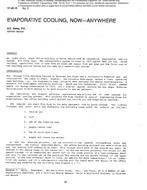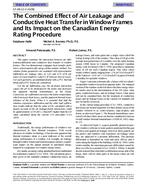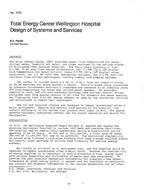Evaporative cooling can be an alternative to mechanical cooling depending on climatic conditions and building load characteristics. To promote this technique, several tools are available that are more or less suitable at different design stages. On the one hand, qualitative rules have been set by the IEA Annex 28 working group, but they are insufficient to help decide if an evaporative cooling system is cost-effective. On the other hand, building simulation programs, incorporating evaporative cooler models, are rarely used by building engineers in Europe, which is the reason why there is a need for pre-design tools giving a first estimation of cooling potential and hours of discomfort. More detailed design tools that are easy use should be developed in order to determine the cost-effectiveness of these low energy systems compared to mechanical cooling systems. In this paper, principal models of indirect and direct evaporative cooling systems are compared. The most simplified models are based on a constant efficiency of evaporative coolers whatever the inlet conditions. They are the most widely used and are adapted for pre-designed tools. Empirical models, based on the fitting of commercial evaporative cooler data, have been developed as well. To enhance the models, particularly for non-nominal conditions, theoretical approaches using fundamental equations for heat and mass transfer have been carried out for evaporative coolers. However, these methods often require (particularly for indirect systems) a large amount of geometrical data, which are not easy to gather. Simpler models are derived from theory and are parameterized from only one nominal rating point. From a literature review of evaporative cooling simulation models, two types of tools are presented: A simplified pre-design tool that determines the supply temperature for each system given the outdoor temperature and humidity ratio. It determines when evaporative cooling systems can provide the necessary supply conditions. This tool visually shows the user if and for how many hours the evaporative system can be used and computes the discomfort hours in the summer. Results and discussion of two case studies are presented. A more detailed design tool modeling direct and indirect evaporative cooling systems. This program, derived from theory, estimates the yearly water and energy consumption and the indoor air conditions for any outdoor condition in a hourly simulation. It was developed to be part of software dealing with air-conditioning energy consumption.
Units: SI
Citation: Symposium Papers, Atlanta, GA, 2001
Product Details
- Published:
- 2001
- Number of Pages:
- 10
- File Size:
- 1 file , 320 KB
- Product Code(s):
- D-7157


